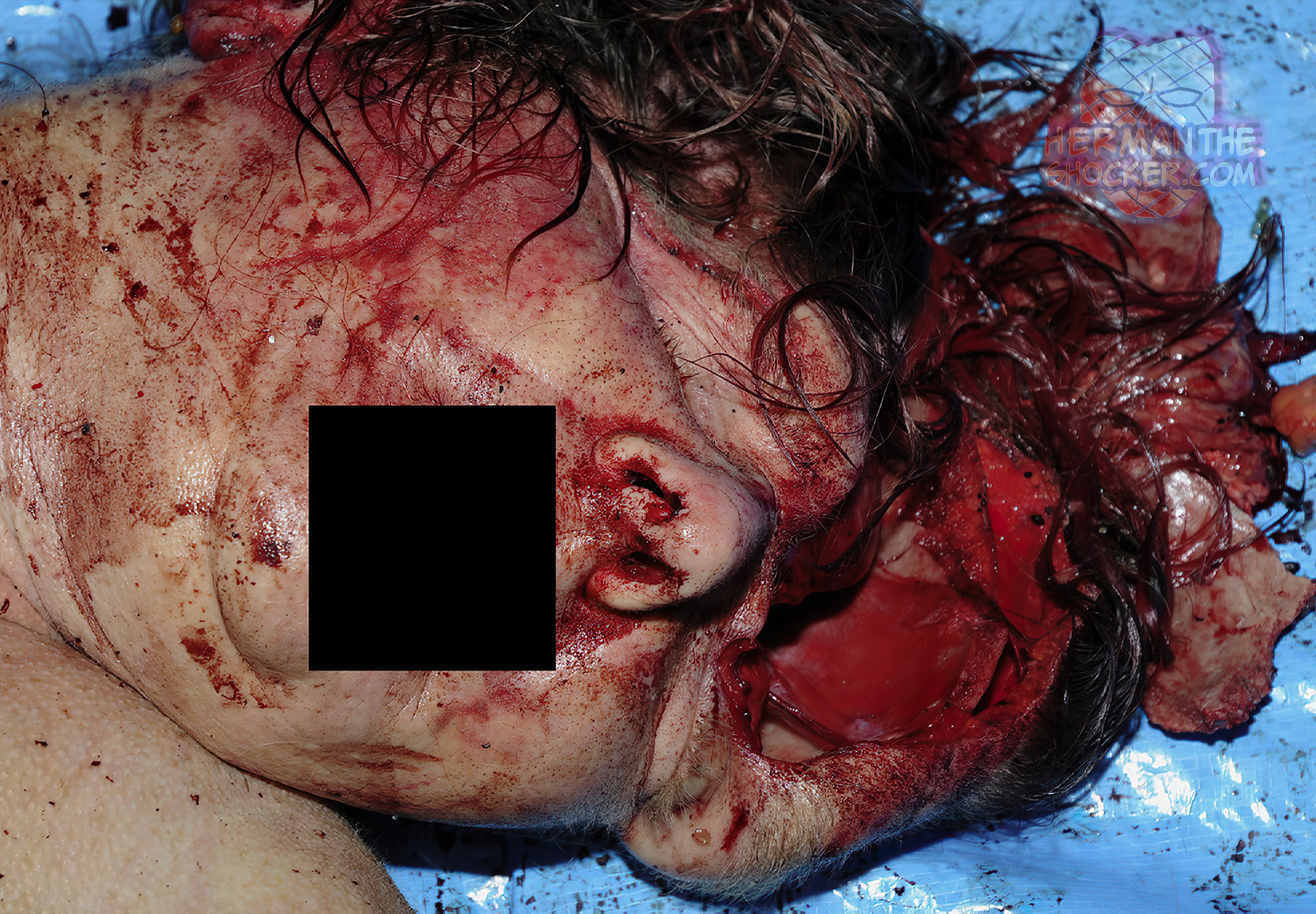A middle-aged female pedestrian died after accidentally stepping in front of a moving bus. The cause of death was multiple injuries after getting struck by a bus. The external examination showed multiple abraded injuries, a crushing-type injury to the skull with evisceration of the brain, and degloving-type injuries to the lower limbs. The degloving-type injuries to the limbs with long, spiral lacerations are typical of being caused by a rotating tire, which strips the skin and soft tissue from the skeleton. Postmortem CT showed severe comminuted fracturing of the skull. There were also severe fractures post-cranially with multiple fractured ribs, an “open book” fracture of the pelvis, and comminuted fractures of the left and right tibiae and fibulae. Highly comminuted fractures are typical of high-energy, blunt-force trauma produced in motor vehicle accidents.
Stepping in front of a moving bus can be extremely dangerous and can lead to serious injury or death. The outcome would depend on various factors such as the speed of the bus, the distance between the person and the bus, and the direction of the impact. If the person is hit by the bus, they could suffer from broken bones, internal injuries, traumatic brain injuries, or even death
It is important to always exercise caution and awareness when crossing roads or walking near traffic to avoid any potential accidents. It is also crucial to follow traffic rules and signals and to stay alert at all times to prevent any harm to yourself or others.
Latest posts














